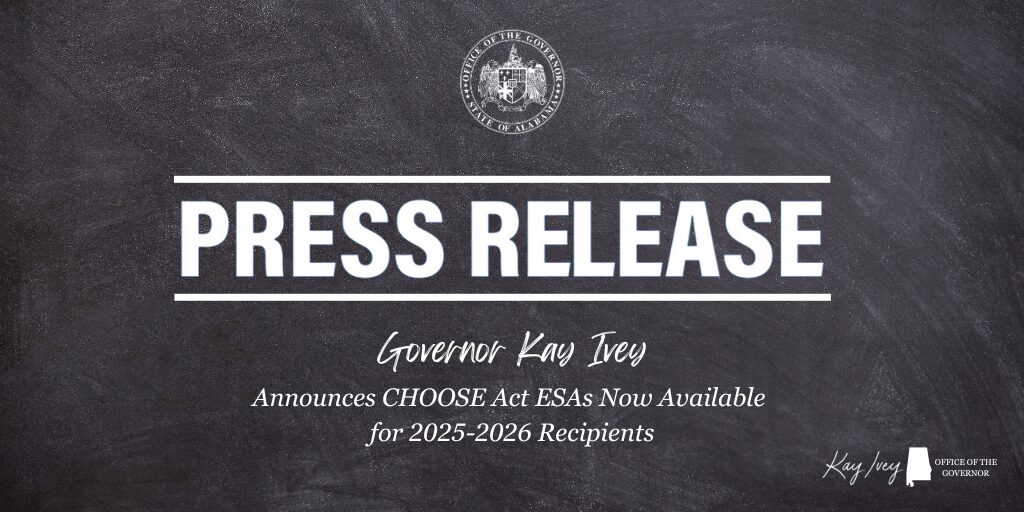|
January 18, 2022
This message includes updates on the COVID-19 response from CDC. The COVID-19 Outbreak is a rapidly evolving situation and information will be updated as it becomes available.
|
|---|
|
|
|---|
Types of Masks and RespiratorsWearing a mask that fits well, is most protective, and that you will wear consistently is a critical public health tool for preventing spread of COVID-19. Some masks and respirators offer higher levels of protection than others, and some may be harder to tolerate or wear consistently than others. It is most important to wear a well-fitting mask or respirator correctly that is comfortable for you and that provides good protection. Properly fitted respirators provide the highest level of protection and may be most important for certain higher risk situations, or by some people at increased risk for severe disease. CDC’s mask recommendations provide information that people can use to improve how well their masks protect them. Learn More
|
|---|
|
|
|---|
Guidance for COVID-19 Prevention in K-12 SchoolsStudents benefit from in-person learning, and safely returning to in-person instruction continues to be a priority. Promoting vaccination can help schools safely return to in-person learning as well as extracurricular activities and sports. CDC recommends universal indoor masking by all* students (ages 2 years and older), staff, teachers, and visitors to K-12 schools, regardless of vaccination status. New CDC guidance has reduced the recommended time for isolation and quarantine periods to five days. For details see CDC’s page on Quarantine and Isolation. CDC also recommends schools maintain at least 3 feet of physical distance between students within classrooms to reduce transmission risk. Screening testing, improved ventilation, handwashing, cleaning and disinfection, and staying home when sick are important layers of prevention to keep schools safe. Learn More
|
|---|
|
|
|---|
How to Talk to Your Close ContactsIt’s important for you to tell your close contacts that they may have been exposed to COVID-19 so they can quarantine, get tested, and wear a well-fitting mask. For COVID-19, a close contact is anyone who was less than 6 feet away from you for a combined total of 15 minutes or more over a 24-hour period. Someone is still considered a close contact even if they were wearing a mask while they were around you. If they are infected, they could spread COVID-19 starting 2 days before they have any symptoms or test positive. People who are infected but do not show symptoms and those who do not yet have symptoms can spread the virus to others. Recommendations for close contacts vary depending on whether they are up to date with their COVID vaccinations or had confirmed COVID-19 within the 90 days prior to close contact. By letting your close contacts know they may have been exposed to COVID-19, you are helping to protect them and everyone around them. Learn More
|
|---|
|
|
|---|
 |
COVID Data Tracker Weekly ReviewCOVID-19 cases and hospitalizations are on the rise across the United States, including among children and adolescents. The highest hospitalization rates among all children are in those ages 4 years and younger, who are not yet eligible for vaccination. Parents, guardians, and people who care for and are around young children can protect them by wearing well-fitting masks and getting vaccinated and boosted.
Subscribe
Learn More
|
|---|
|
|
|---|
|
Coronavirus Disease 2019 (COVID-19) in the U.S. |
|---|
|
January 18, 2022 US states, territories, and District of Columbia have reported 66,715,937 cases of COVID-19 in the United States. CDC provides updated U.S. case information online daily. In addition to cases, deaths, and laboratory testing, CDC’s COVID Data Tracker now has a Vaccinations tab to track distribution of COVID-19 vaccines in your state. |
|---|
|
U.S. Cases
|
|---|
|
|
|---|
|
|---|









